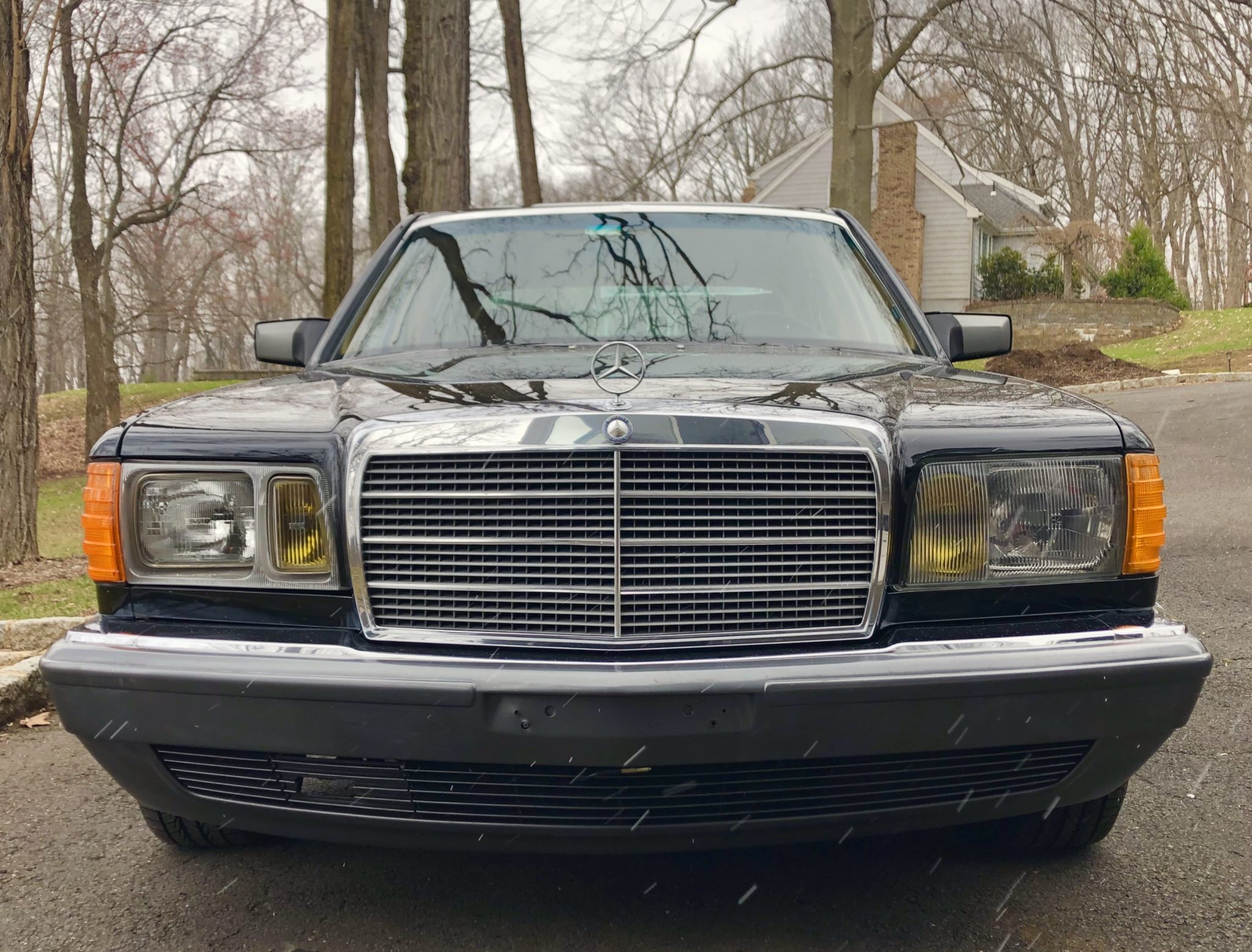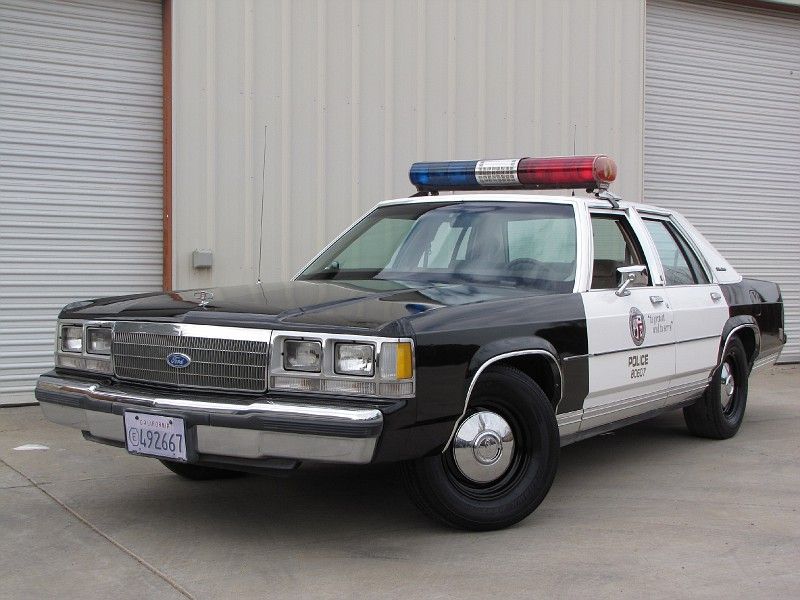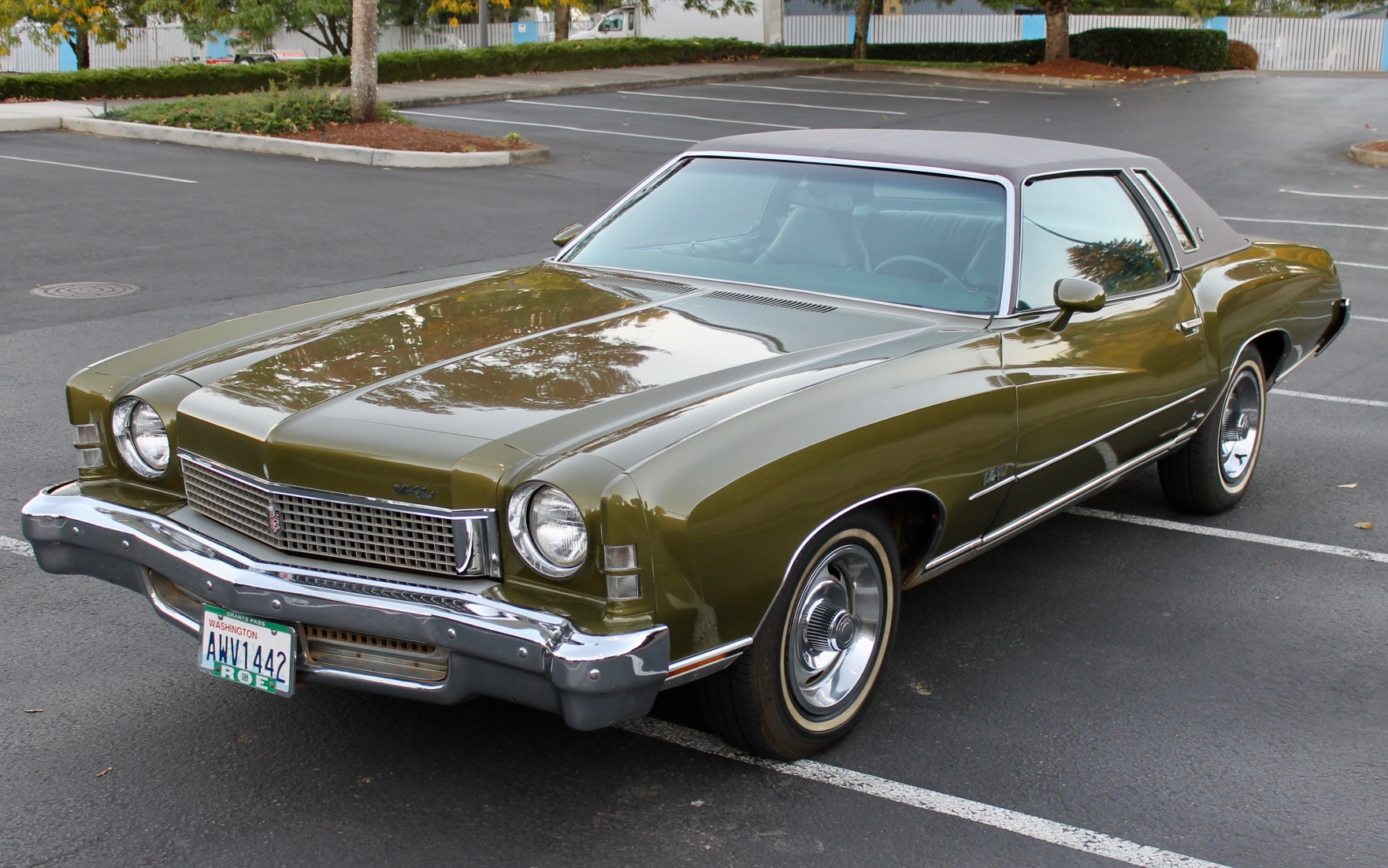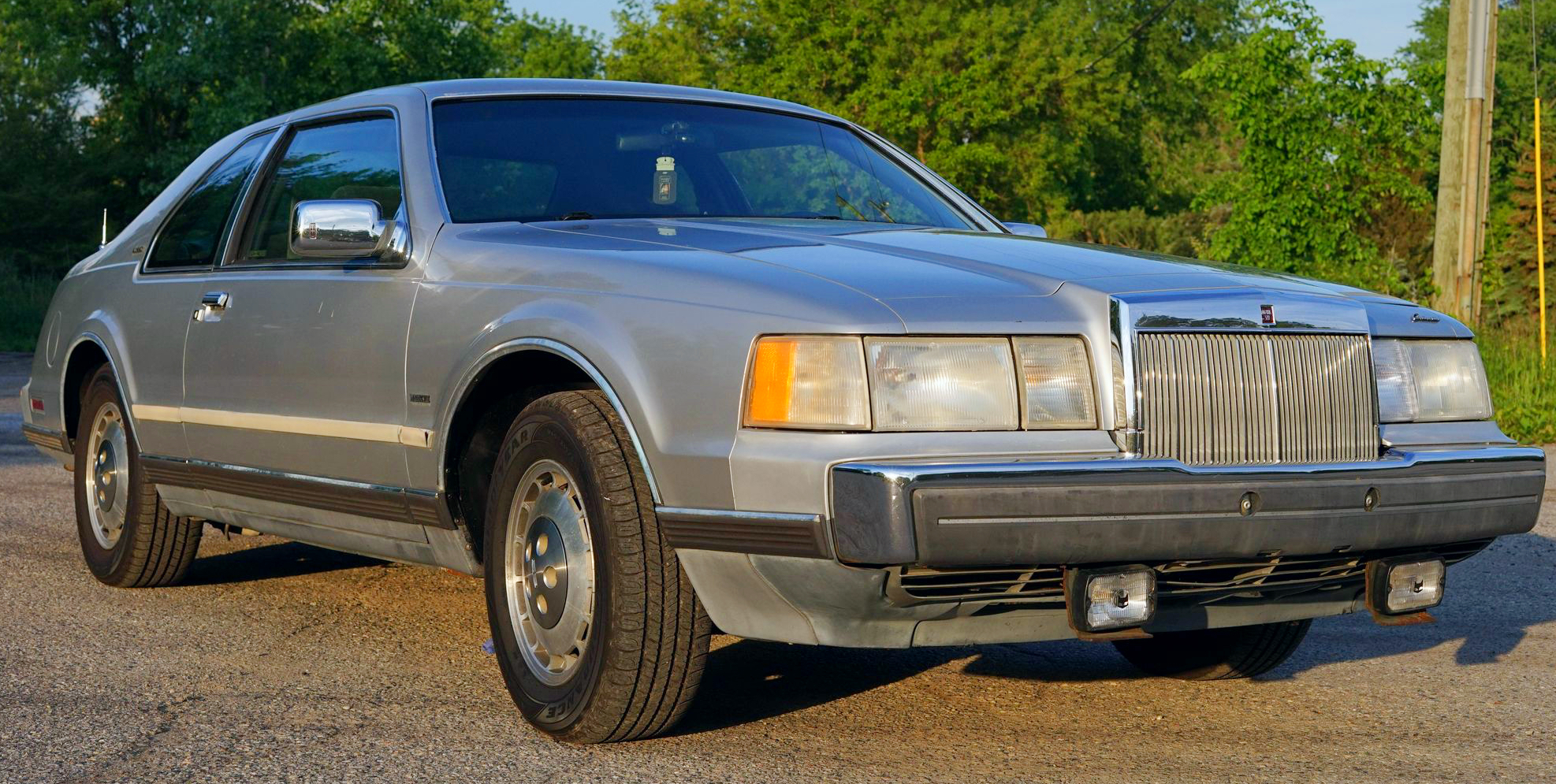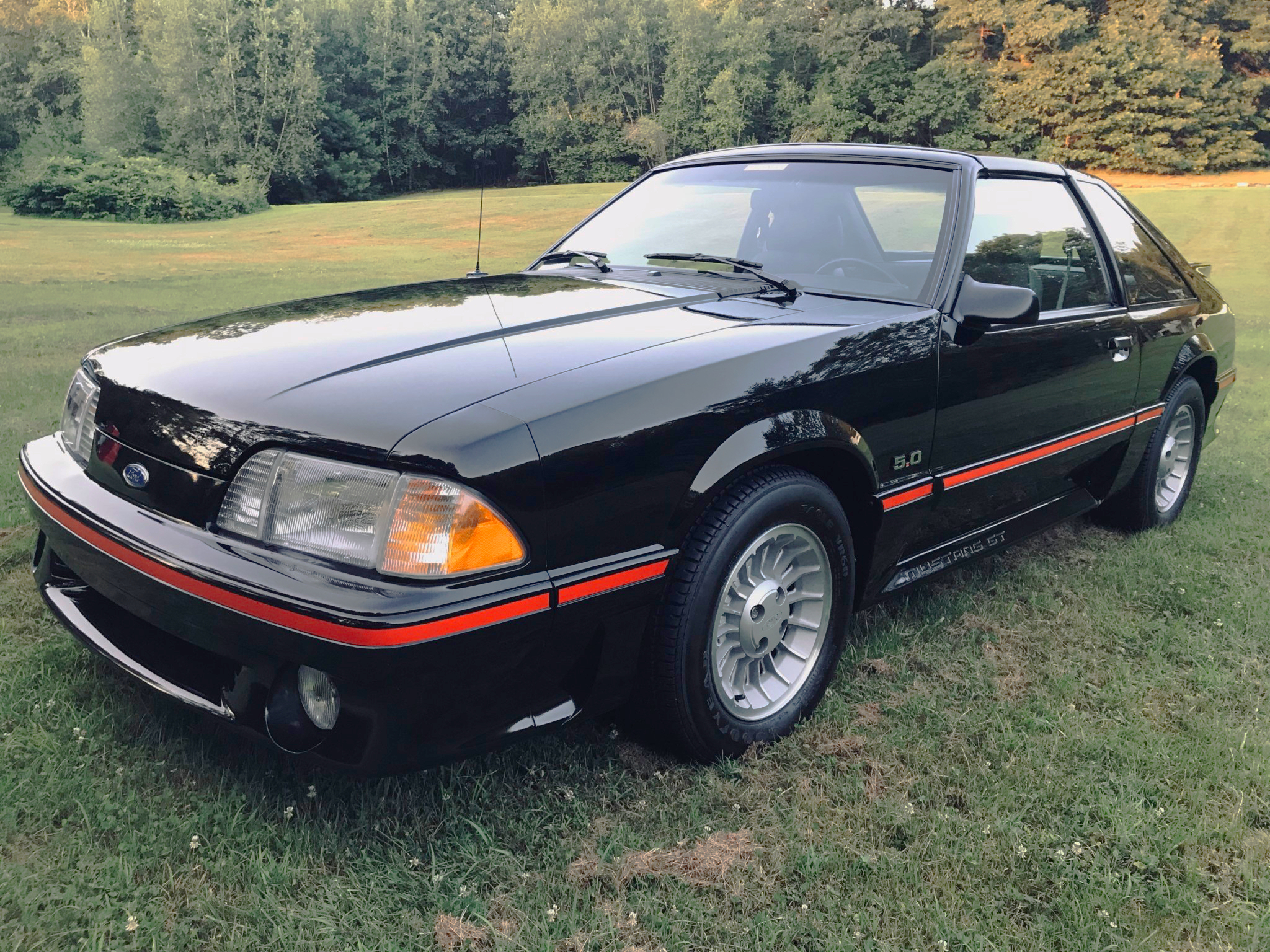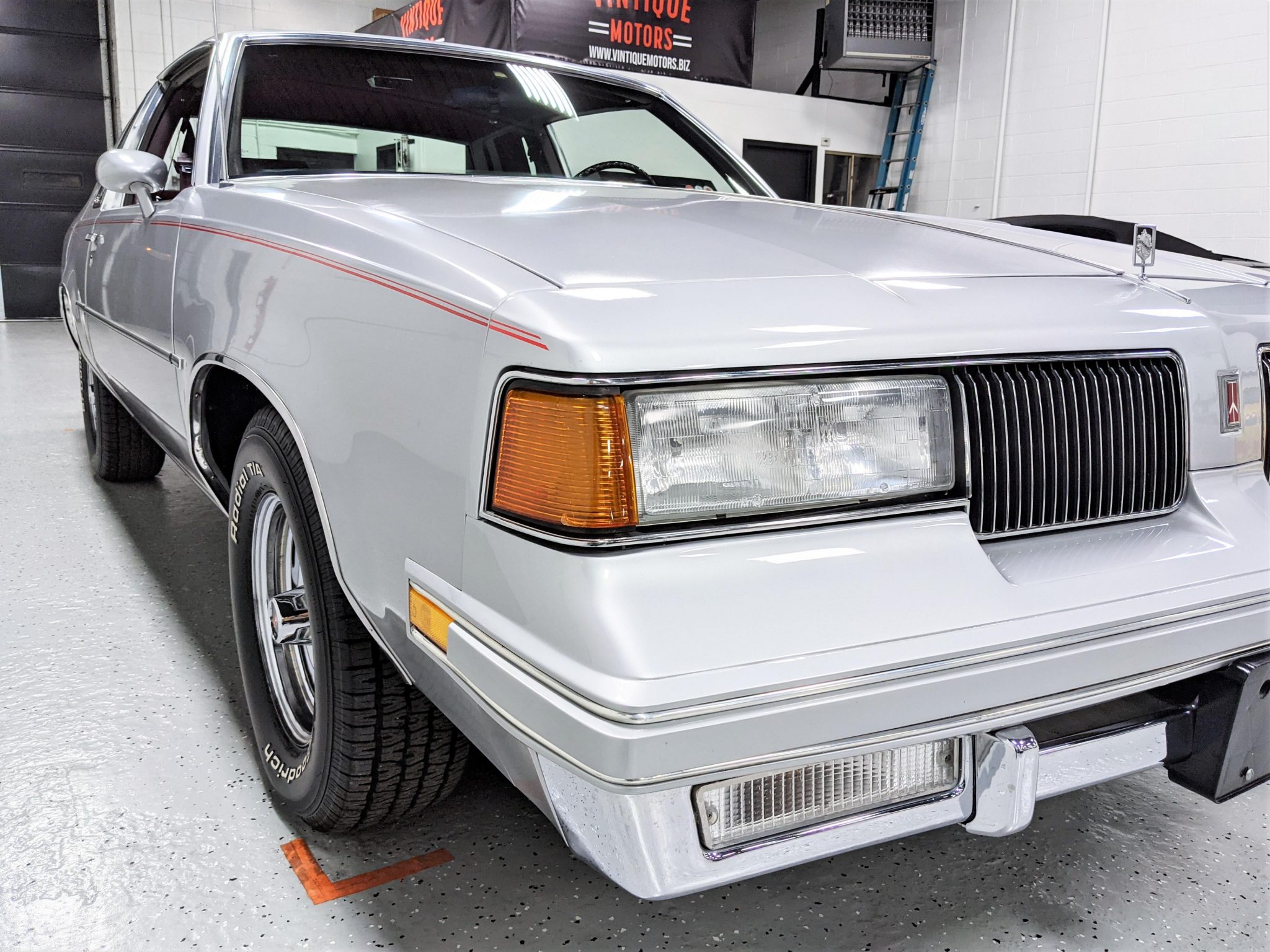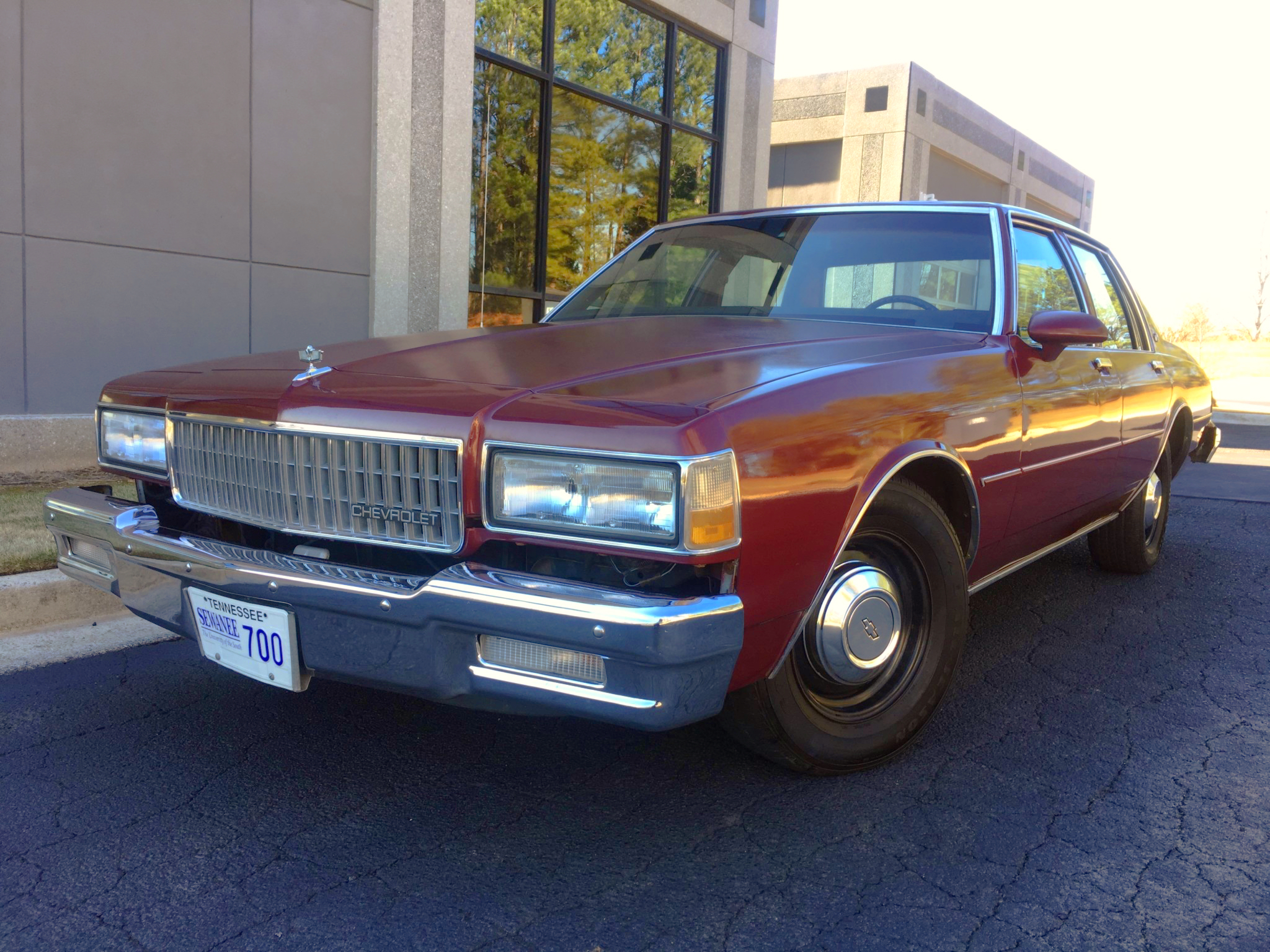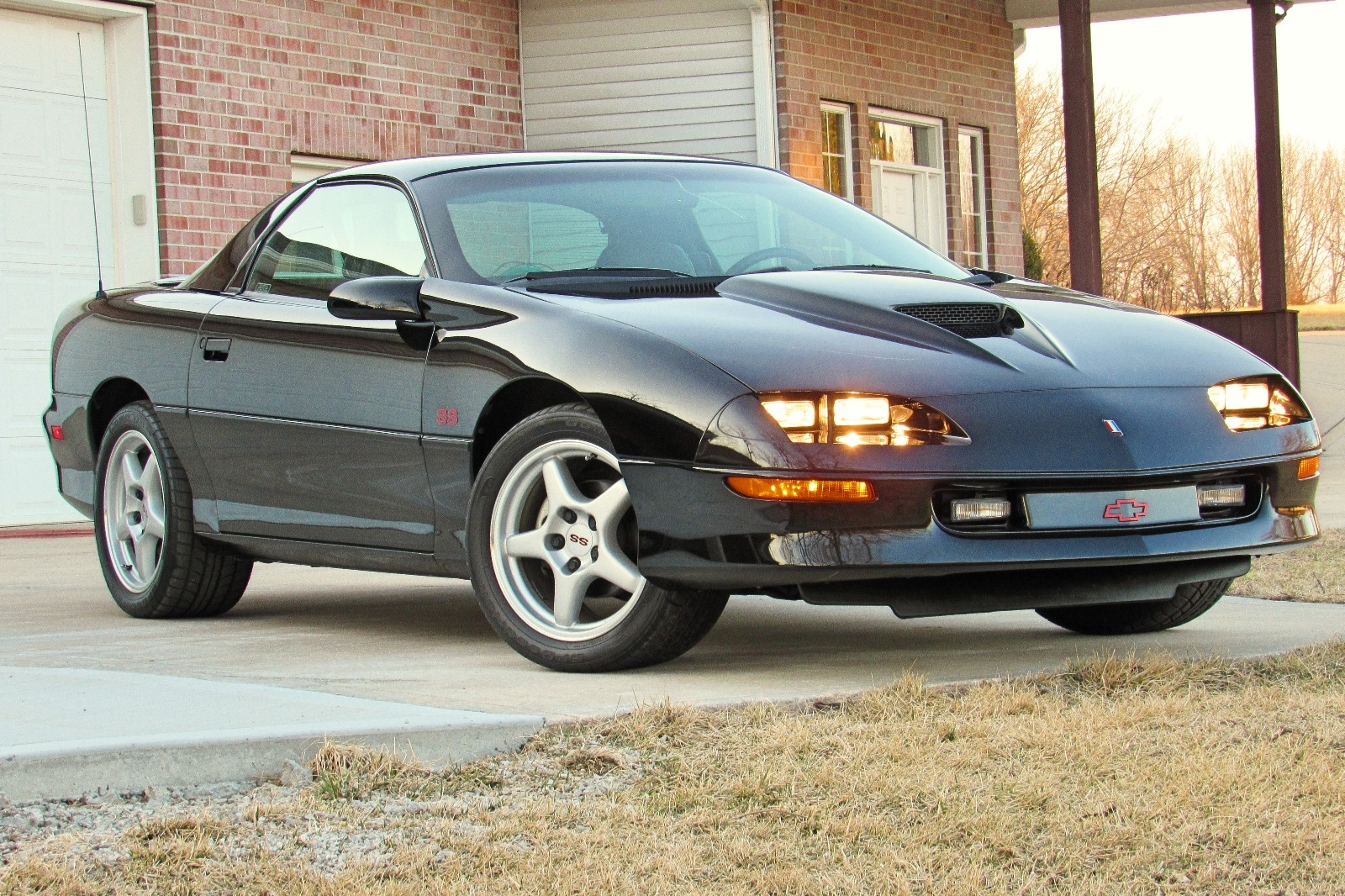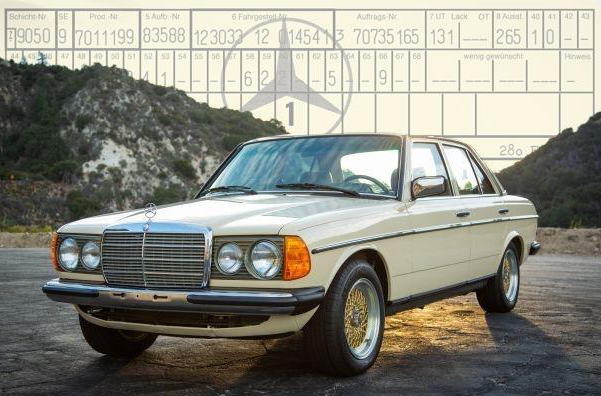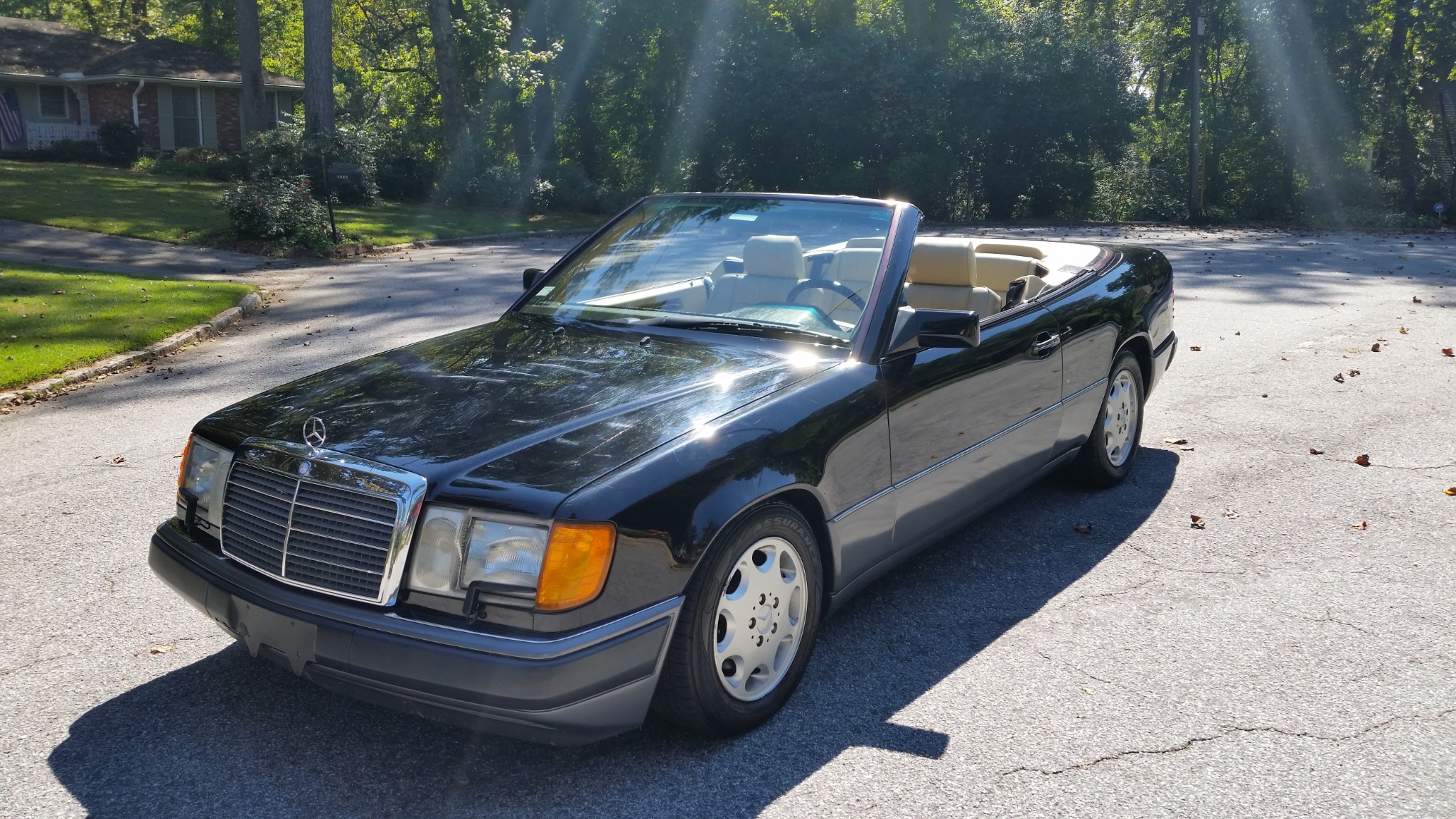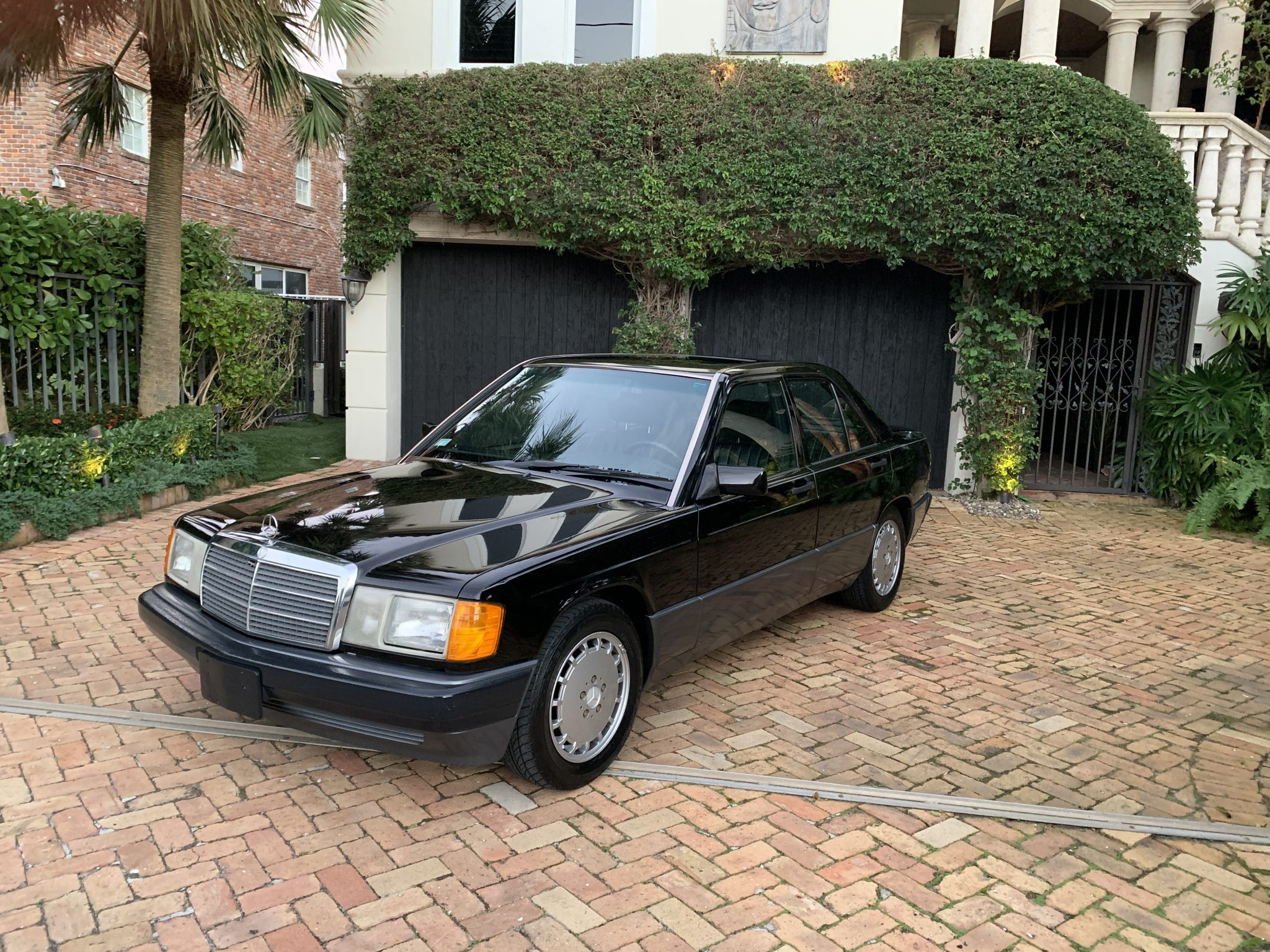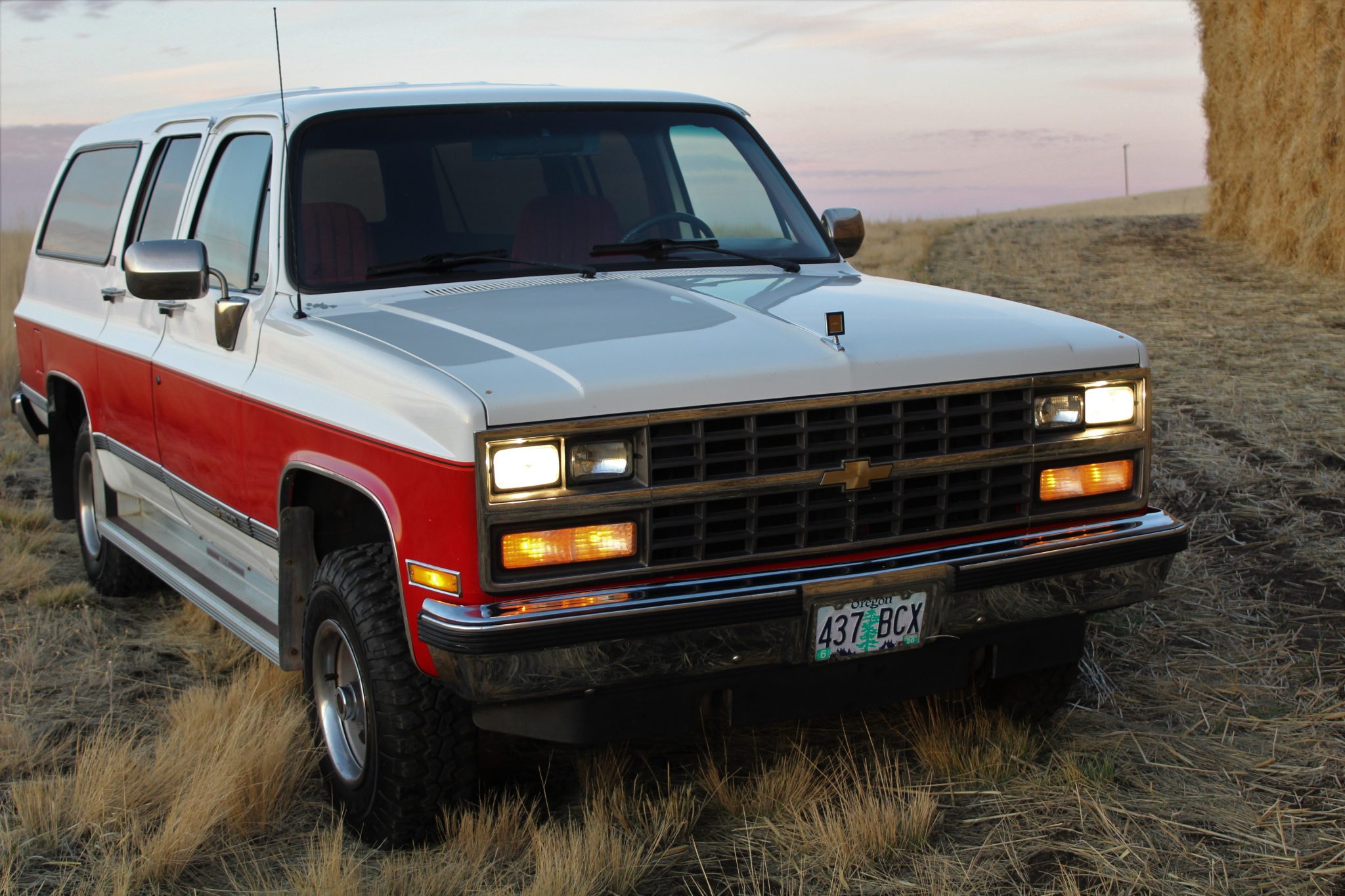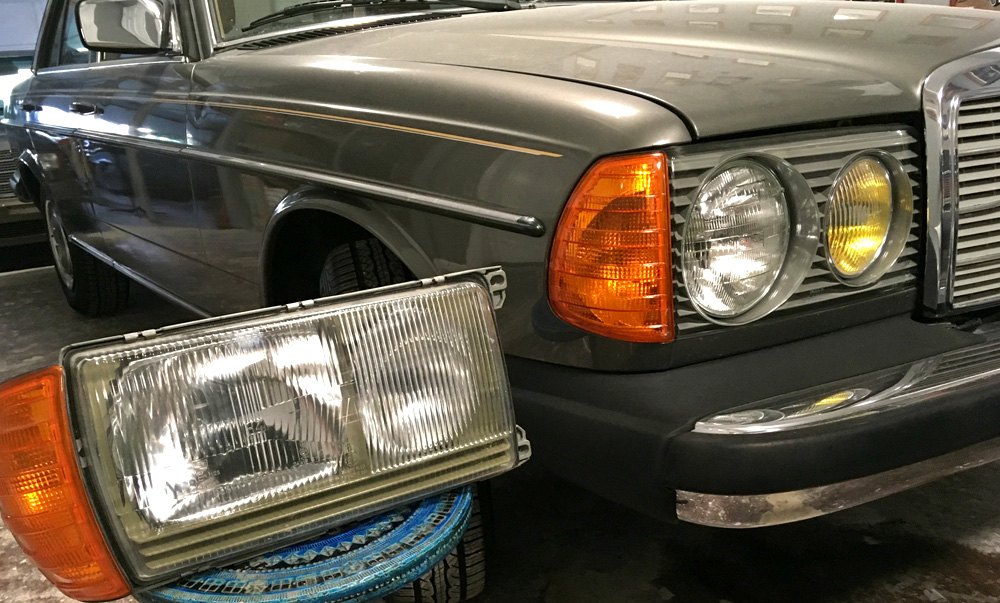If you were born during or after the 1990s, you’ve grown up in an automotive world where 99% of cars you’ve seen on the road feature composite headlamp assemblies. If a bulb within those assemblies burns out, the dead bulb itself is accessed through the back of the composite headlight assembly and replaced. The composite assembly itself remains, and is typically only replaced if it develops a crack where water can permeate, or if the outer lens becomes broken. A new composite headlight assembly involves considerable expense.
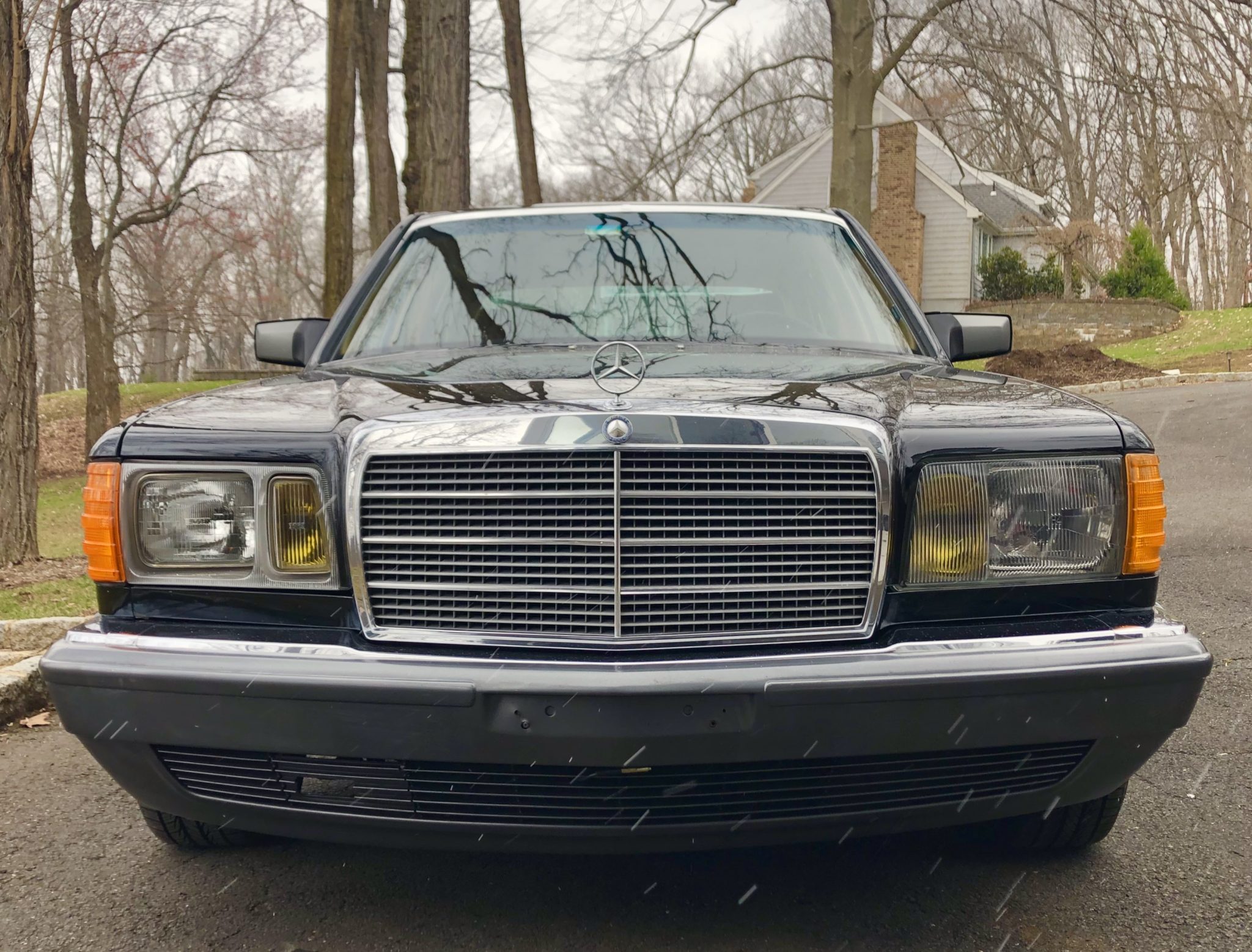
This was not always the case. From 1939 until the early-1980s, all vehicles sold in the United States were required by law to use “sealed beam” headlamps. Unlike a composite assembly, a sealed beam headlamp is a smaller enclosed piece containing a bulb and a reflective lens piece behind a thick, protective glass lens. The entire unit is sealed (hence the name) and none of the parts within can be replaced individually. When the bulb burns out, the entire sealed beam light is replaced. Because these are relatively small in size, they were (and still are) pretty affordable. Replacement headlights of various sizes were available in every auto parts store.
Before 1984, the U.S. government was strict in dictating both the size and shape of sealed beam headlights fitted to all vehicles sold in the United States. Needless to say, this imposed some limits on car design. Sealed beams were not without their advantages for the consumer, though. Made of glass, the outer lens did not become dull or opaque from exposure to the elements the way cheaply made plastic lenses tend to. Even if the glass surface became chipped or damaged, it didn’t matter. Every time you bought a new sealed beam headlight to replace a burned-out one, you got a new lens. The installation process was a pretty straightforward one on most cars, and could usually be performed with a screwdriver.
FROM THE LATE 1800s TO 1939:
Headlamp design was not standardized. While many cars during the earliest part of the 20th century used stand-alone round lamps, auto manufacturers began creating lamps unique to their vehicles as designs and styles evolved.
1940-1956
Above: The front and rear of a typical 7” round sealed beam headlamp. These feature 3 prongs on the rear.
To create standardization and address supply problems that tended to affect the more unique headlight styles, all U.S. cars were required by law to use two 7-inch round sealed beam headlamps with one lamp on each side of the vehicle. Note that each lamp is a “dual filament”, meaning that the same sealed beam lamp serves as both low beam and high beam. For this reason, dual filament sealed beam lights have 3 electrical prongs at the rear.
Above: The 1940 Chevrolet (left), 1973 Chevrolet Monte Carlo (center), and 1983 Mercedes 240D (right) shown here all feature 7-inch single round headlights because a U.S. law from 1940 mandated them.
The 7-inch rule remained in effect for vehicles that opted to continue using 1 round headlight per side through the 1980s, even after other configurations were allowed (see below).
1957 – 1974:
U.S. laws changed, now allowing FOUR sealed beam headlamps measuring 5.75 inches across the center if automakers chose to use them. Two of the lights would serve as the low beam, and two as the high beam. This style of lamp has two electrical prongs at the rear. American carmakers quickly began to transition from 2-headlamp designs to 4-headlamp designs.
Above: Shown here are 1957 Mercury models with two headlights (left) and four (right).
Another variable during 1957 was the fact that a few states across the nation did not permit the new 4-headlight configurations until the 1958 model year. For this reason, some makes such as Imperial, Chrysler, and Lincoln offered both two- and four-headlight versions of their 1957 models. 1957 Cadillacs, however, featured only two headlights across the board, except for their top-of-the-line, limited production Eldorado Biarritz which had four. Similarly, 1957 Mercury models kept the two headlight look on base models and 4 headlights on higher end models.
Above: Round sealed beam headlamps with only 2 prongs on the back are 5 ¾” lamps.
With 4 round lamps now legal across the entire country, most American cars adopted them on higher models – leaving lower-priced models with only one 7” light per side. Because exact placement of quad headlights was not specified, automakers were free to arrange the two lights per side horizontally, vertically, or even diagonally.
1975-1983:
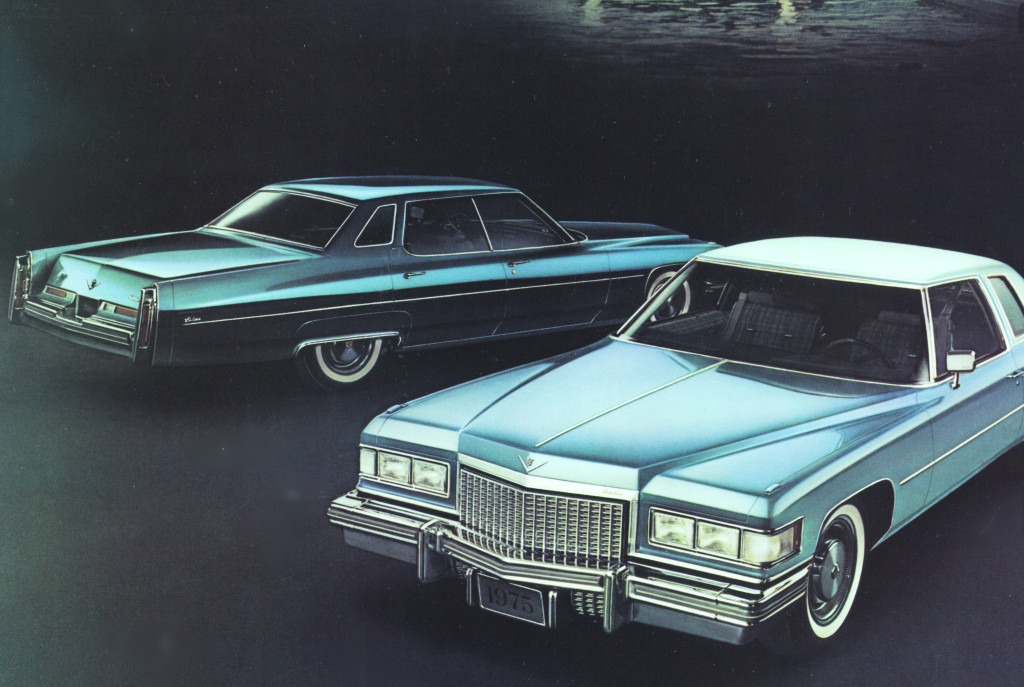
U.S. law changed again to allow the use of rectangular headlamps in 1975 model vehicles. Vehicles with a total of two lamps (one per side) were required to use 200 mm size sealed beam units featuring double-filament bulbs that served as both low and high beams.
Four-lamp systems (two per side) were required to use 165mm size sealed beams, and separate lamps for low and high beam use. Not that while rectangular lamps were permitted, they were not required. Round headlights could still be used, but they were bound by the 1957 laws regarding sizing. By 1979, most U.S. market cars had switched to rectangular lamps, although a number continued to use round lamps (mostly imports).
1983 AND BEYOND – LAWS WERE RELAXED, COMPOSITE HEADLIGHTS ALLOWED
Above: The 1984 Lincoln Mark V was the first U.S. production vehicle with composite headlamp assemblies, and the only one for model year ‘84.
After two years of lobbying by Ford Motor Company, U.S. laws regarding headlights changed during calendar year 1983 to allow composite headlamp assemblies with a flush, aerodynamic glass surface for the first time. Because this style of composite headlamps had been in use in Europe since the 1950s, they gained the nickname “Euro headlights”.
While other automakers were caught off guard by this change, Ford was ready – introducing the 1984 Lincoln Mark VII as the first U.S. production vehicle with composite headlamp assemblies, and the only one for model year ‘84. Quickly following suit the following year were early adapters such as the 1985 Toyota Camry and Cressida, Nissan Maxima, Mazda 626, and Volkswagen Jetta/Golf.

As a whole, Asian and European imports adopted composite headlights relatively quickly during 1985-86 because it was simply a matter of reverting back to “home market” headlamps. For American car makes, the changeover was more gradual. New designs such as the 1984 Lincoln Mark VII, 1985 Lincoln Merkur XR4Ti, and 1986 Ford Taurus were first to adopt composites, but it took until the 1987 model year for them to be start being applied to a number of existing GM and Ford designs. At this point, composite lights were becoming a new automotive norm.
Above: This 1988 Chevy C/K 2-door pickup is an example of OEM rectangular sealed beam headlights that were smaller in size than traditional units had previously been.
Further taking advantage of the change in regulations, some car manufacturers built cars with rectangular lamps in sizes other than had been previously allowed. Your car or truck may have a “small” rectangular lamp that actually measures 92x150mm, or 55mmx135mm. If shopping for a replacement lamp, it pays to take measurements first.


Other American models continued using square sealed beams through the end of their design runs in the early 1990s. At this point, sealed beams were pretty much dead save for a few models that continued using them – a prime example being base trim level 4x4s and vans, with the Chevrolet Express being the last entry through the 2017 model year. Today, there are no new cars or light trucks sold with sealed beam headlights in the United States.
1980s and 1990s composite headlamp assemblies did not feature a great deal of distinctive styling other than a smooth, one-piece glass outer surface. This changed when BMW introduced “halo” headlights to serve as daytime running lights on their 2001 5-series, with rings of light encircling round headlamp bulb openings behind the outer lens cover.

Inspired by the BMW lights, multi-faceted projector beam style bulbs within composite housings began to catch on as the newest thing. Because projector bulbs don’t need the bulky parabolic reflectors required in earlier composite housings, the extra space stylists gained allowed them more freedom to create futuristic headlamp shapes – using halo rings to accentuate their designs.
Whether you look at the headlamp assemblies of a 2002 Volkswagen Passat or a late model Chevrolet, you’ll see stylish round cutouts for headlights, bright lights, turn signals, daytime running lights and more. All of which are highly visible and highly styled to look like lenses that a laser beam might radiate from.
To be continued…
